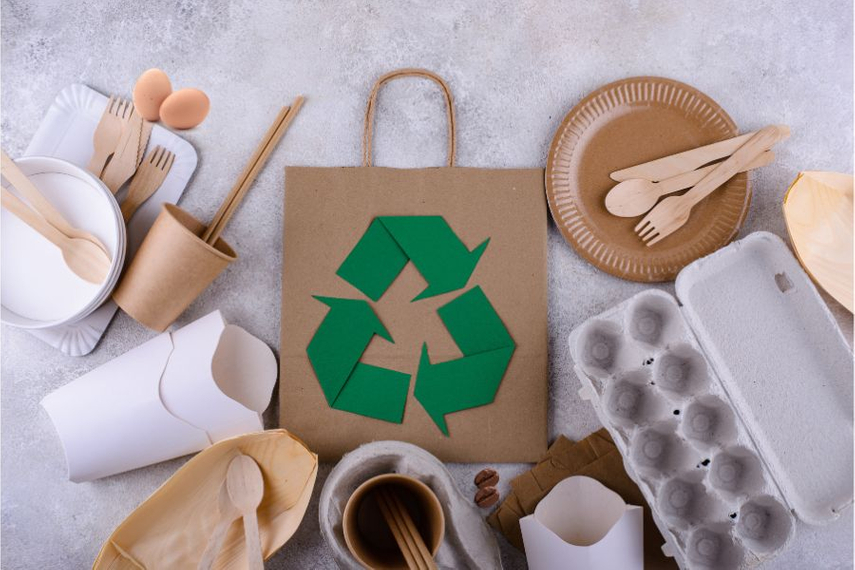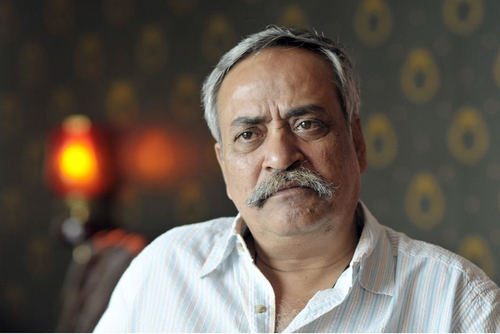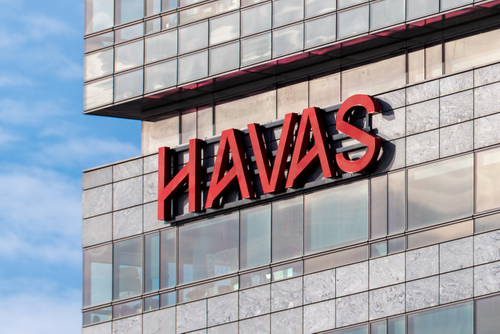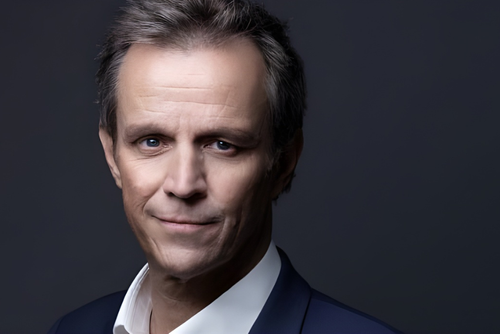
The flood of sustainability briefs may be drying up, but in some cases that might be exactly where better design begins. Because when sustainability stops being the headline, it can start being the baseline.
The brands doing the best work right now aren’t the ones shouting about its sustainability efforts; they’re the ones quietly rethinking the basics and finding new ways to deliver more with less. This is no longer about tacking on sustainability messaging to products — it’s about rebuilding the products themselves from the ground up. It’s about businesses making choices that aren’t driven by directives, but by a simple desire to make better things; better experiences, better business.
Instead of holding these businesses back, sustainability is pushing them forward. It makes the product sharper, more essential and more intentional rather than simply diluting its messaging.
The products that come from this approach work harder and smarter on top of looking more sophisticated.
Constraint as a catalyst
Constraint is quickly becoming a new luxury cue. Scarcity isn’t a challenge, it’s an opportunity. It signals refinement, thoughtfulness and care. It tells consumers that what they’re holding isn’t just a product — it’s the result of considered design choices made at every single level. Sustainability doesn’t need to be communicated in boldface when it’s already there, embedded in the very fabric of what has been created.
Across industries, material experimentation is proving this point. From midsoles to milk cartons, brands are finding ways to turn necessity into elevated product experiences. It’s no longer about simply making something that’s good for the planet, it’s about making something that’s good, full stop.
When we make this shift away from sustainability as an obligation, we can pivot toward sustainability as an innovation tool.
When sustainability becomes the product
When sustainability is built into how a product works, it stops being a feature that needs to be marketed separately. It starts becoming a mark of taste and quality. It doesn’t say
“I’m here because I have to be”— it says “I’m here because this is simply better.” This is the quiet power behind the most compelling products today.
When sustainability is the message, it risks feeling like something external. The product is already doing the work. No additional justification is necessary, and in that moment sustainability shifts from being a box to tick to being a driver of desirability.
Premium brands are proving that sustainability can be a creative constraint, not just a compliance challenge. Limitation sharpens the design process by demanding intentionality. It pushes teams to rethink not just what they’re making, but how they’re making it. In doing so, these teams produce work that is leaner, sharper and more desirable.
Intentionality begets elevation, a trust in the product and consumer to understanding that sustainability isn’t just the message written across the packaging. Instead, it’s the reason that packaging looks and feels the way it does. It’s the reason a product might be lighter or smaller or simpler — not because it had to be, but because it’s better that way.
And when a product is better, it tells a better story on its own. The most premium experiences don’t need to over-explain themselves. They don’t need to rely on the obvious signals, they don’t need to shout. They just need to work better, feel better and look better. They speak for themselves from the ground up, and when they do, sustainability becomes inseparable from quality.
From performative to performance
This is a shift in performative marketing to performance in the truest sense. Products are no longer performative in the superficial marketing sense — they are elements that perform with intentionality in every aspect. The sustainability credentials aren’t just communicated, they’re embodied. And that embodiment is what’s pushing design forward.
This isn’t about removing sustainability messaging altogether, it’s about evolving it. Sustainability doesn’t disappear, it transforms. It goes from being a campaign headline to being a design principle; from a statement of intent to a demonstration of refined execution.
Sustainability cannot be communicated through the bare minimum to meet expectations. The brands leading this shift are doing it because they’ve recognized that sustainability makes their products smarter, sharper and ultimately more competitive. They use those constraints to unlock new creative possibilities.
The opportunity of embedded sustainability
The work being done in this space shows that the most impactful sustainability stories can be seen in the texture of a package, the weight of a box, the way a product fits into a consumer’s life. Sustainability doesn’t have to shout when it’s already the voice creating an entire experience.
Therein lies the opportunity: Build sustainability not as a story we tell after the fact, but as the very thing that makes a product worth choosing in the first place. When that happens, sustainability doesn’t just support good design — it defines it.
Constraint is no longer a compromise. It’s a catalyst. For the brands that embrace it, the reward isn’t just greener products. It’s better ones; more thoughtful, more sophisticated and more premium. Not because someone told them to, but because it’s the smartest thing they could do.
When sustainability is no longer the message, but the material, we stop asking consumers to care — and start giving them something worth caring about.
- Cristina Tazza is the global chief strategy officer at Design Bridge and Partners.





.jpg&h=334&w=500&q=100&v=20250320&c=1)
.jpg&h=334&w=500&q=100&v=20250320&c=1)
.jpg&h=334&w=500&q=100&v=20250320&c=1)

.jpg&h=334&w=500&q=100&v=20250320&c=1)
.jpg&h=334&w=500&q=100&v=20250320&c=1)
.jpg&h=334&w=500&q=100&v=20250320&c=1)
.jpg&h=268&w=401&q=100&v=20250320&c=1)
.jpg&h=268&w=401&q=100&v=20250320&c=1)
.jpg&h=268&w=401&q=100&v=20250320&c=1)
.jpg&h=268&w=401&q=100&v=20250320&c=1)
+(1).png&h=268&w=401&q=100&v=20250320&c=1)
.jpg&h=268&w=401&q=100&v=20250320&c=1)

.png&h=268&w=401&q=100&v=20250320&c=1)
